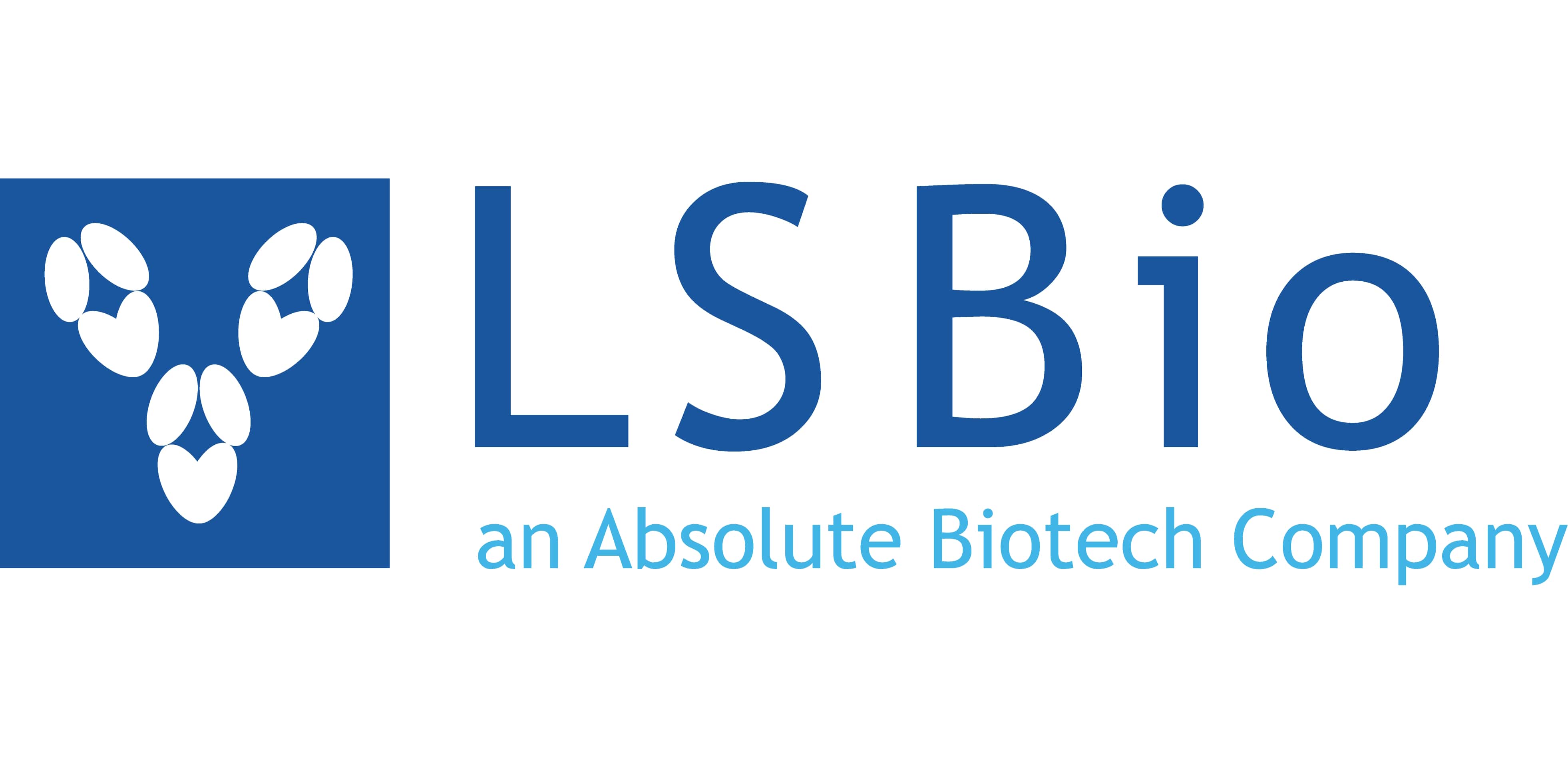PathPlus™ Cancer Antibodies
Whether investigating cancer biomarkers, apoptotic pathways or lymphocyte subsets in immune disorders, the LSBio PathPlus™ Cancer Antibodies are guaranteed to work in IHC for research pathology applications.
PathPlus™ Cancer Antibodies
The LSBio PathPlus™ Cancer Antibodies represent the highest quality reagents available for research pathology applications. Over 500 antibodies were hand-selected from among thousands that were tested and identified to be the best performing reagents for immunohistochemical detection of over 200 high-value cancer targets in formalin-fixed paraffin-embedded human tissues.

PathPlus™ Cancer Vimentin Antibody LS-B16168
This antibody is showing strong cytoplasmic IHC staining of Sertoli cells within seminiferous tubules of the human testis. Vimentin (VIM) is an intermediate filament component of the cytoskeleton of mesenchymal cells. It is important for maintaining cell integrity and shape. Vimentin also regulates cell migration via cytoskeletal rearrangements and is involved in regulating autophagy.
In immunohistochemistry, it is positive in the cytoplasm of cells of mesenchymal origin, such as lymphocytes, endothelial cells, astrocytes, epidermal Langerhans cells, macrophages, and interstitial stromal cells. In cancer, it is positive in lymphomas and stromal tumors and is helpful for identifying melanomas, schwannomas, and tumours of mesenchymal origin.
PathPlus™ Cancer ERBB2 / HER2 Antibody LS-B2133
This antibody is showing strong membranous staining in breast carcinoma. ERBB2 (HER2) is a tyrosine kinase / epidermal growth factor receptor that is overexpressed and mutated in approximately 10-20% of breast cancers. ERBB2 exhibits positive membranous staining in malignant cells, where it promotes cancer cell growth. It is associated with more aggressive tumours.
Immunohistochemistry staining of ERBB2 is used alongside the proteins ER (oestrogen receptor), PR (progesterone receptor), and Ki-67 to classify different subtypes of breast cancer, and it is a widely used prognostic marker for breast cancer, as levels of ERBB2 expression predict a patient’s response to Herceptin therapy. It is also a relevant marker of poor prognosis for other cancers such as ovarian and gastric cancer, and it is mutated in a small percentage of non-small cell lung cancers. In immunohistochemistry, ERBB2 can show either cytoplasmic or membranous staining, but only membranous staining is relevant for cancer.